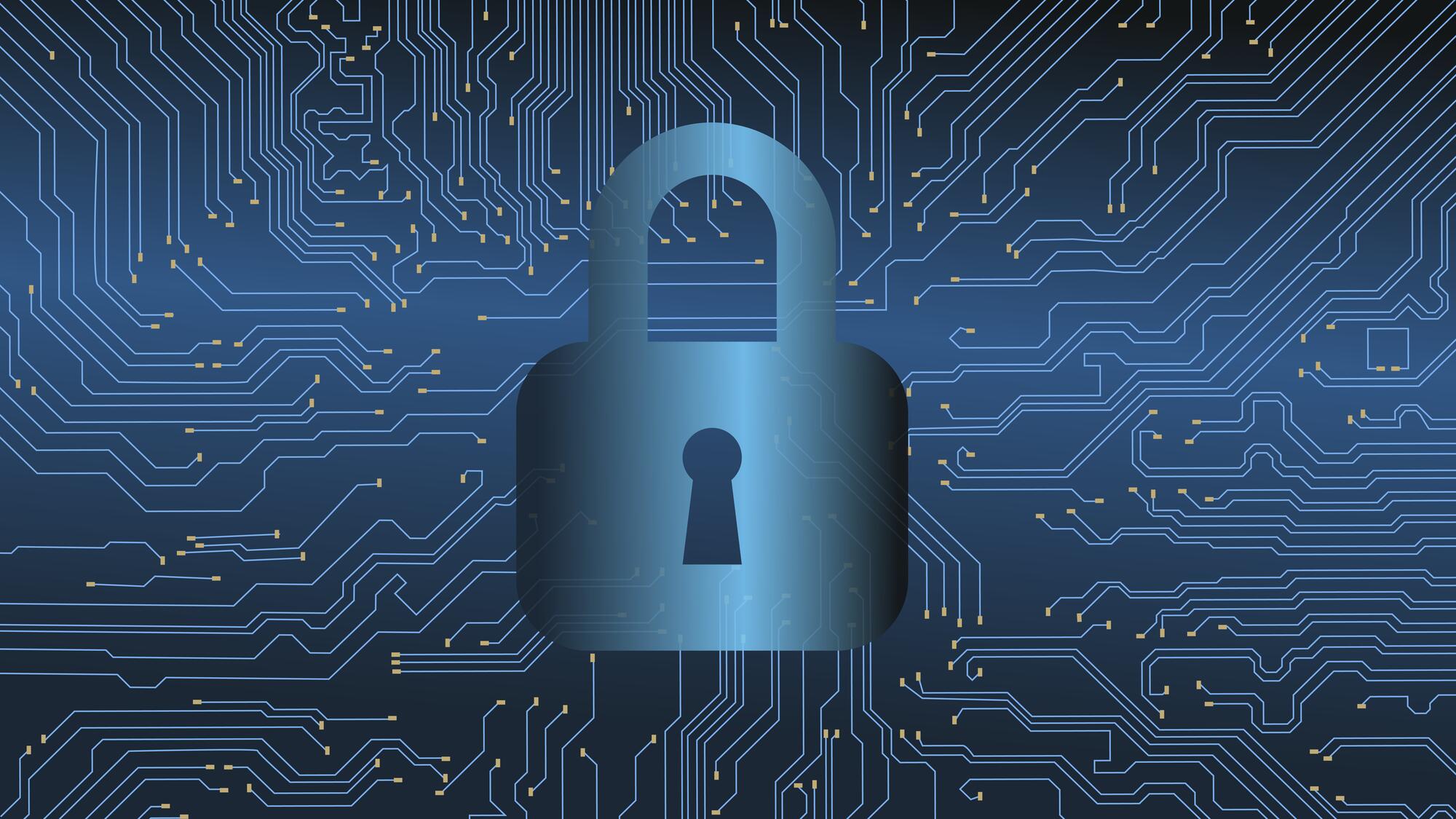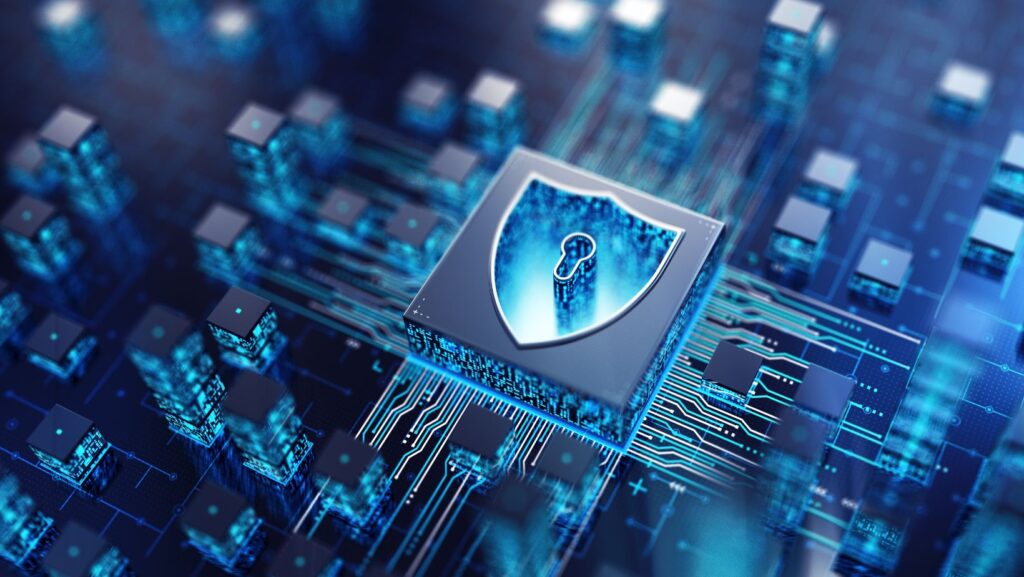In today’s interconnected world, cybersecurity is no longer optional—it’s a necessity. Whether you’re an individual or a business, embarking on this insightful journey to understand the basics of cybersecurity can protect sensitive data, prevent cyberattacks, and safeguard your online presence. Implementing effective cybersecurity measures ensures your data remains protected against ever-evolving digital threats. But where do you start? Knowing the core principles of cybersecurity and how to implement them is essential for creating a safe and secure digital environment. Here’s a guide to help you navigate the basics of cybersecurity and how to implement them effectively.
The Role of Managed SOC Services
A Security Operations Center (SOC) monitors, detects, and responds to security incidents around the clock, helping businesses prevent cyberattacks before they happen. Managed SOC services take the burden off internal teams by outsourcing cybersecurity functions to professionals who can proactively monitor and manage potential threats. Businesses can strengthen their security posture easily with SOC services, which provide continuous monitoring, threat detection, and real-time response. SOC services ensure that security incidents are addressed quickly and efficiently, minimizing damage and reducing downtime, making them a critical element of modern cybersecurity frameworks.
Understanding Cybersecurity Threats
Before addressing how to protect your systems, you must understand the types of cybersecurity threats. Cyber threats are in many forms, including malware, phishing attacks, ransomware, and data breaches. Each poses a risk to your personal or business data, often leading to financial losses, reputation damage, and operational disruption.

Malware, for example, can infiltrate your system through infected downloads or malicious links, while phishing attacks often involve deceptive emails that trick users into divulging sensitive information. By recognizing the various cyber threats, you can better defend against them and implement the necessary security measures.
Secure Your Network
Securing your network is one essential step in protecting your data and systems. Hackers can exploit unsecured networks to gain unauthorized access to sensitive information. To secure your network, firewalls block unwanted traffic and create a barrier between trusted internal and untrusted external networks. Another effective security measure is encrypting your Wi-Fi network with WPA3 encryption, ensuring only authorized users can access it. Additionally, regularly updating your network hardware and software to patch vulnerabilities can help prevent cybercriminals from exploiting outdated systems.
Use Anti-Malware Software
Anti-malware software is necessary for detecting and removing malicious software compromising your computer or network. Modern anti-malware programs are equipped with tools to block viruses, ransomware, spyware, and other malware before they can cause damage. To maintain the highest level of protection, ensure that your anti-malware software is updated regularly. Malware evolves constantly, so keeping your software current ensures that it can recognize and neutralize new threats. Many programs also offer real-time protection, scanning files as they are downloaded or opened to catch potential threats early.
Regularly Update Software and Systems
Keeping your software updated is an effective way to guard against cybersecurity threats. Software developers routinely release patches and updates that fix security vulnerabilities, so staying on top of these updates is essential for protecting your system from known exploits. Whenever possible, enable automatic updates to operating systems, applications, and security tools. Regular updates improve functionality and close security gaps that hackers could exploit. Make it a point to regularly review and update your systems to ensure that all security patches are applied.
Backup Data Regularly and Educate Your Team
Backing up your data can mitigate the impact of a cyberattack. If ransomware or other malware compromises your system, having a backup allows you to recover your files without losing valuable information. Regularly backing up your data ensures you can access your files even during a system failure. Automate the backup process to ensure it happens regularly without requiring manual intervention. This guarantees that your most recent data is always preserved and can be restored quickly in an emergency.

Human error is one of the most significant cybersecurity risks, as employees or individuals may unknowingly click on phishing links or download malicious files. Educating your team about cybersecurity best practices is essential for reducing the likelihood of a breach. Provide regular cybersecurity training covering recognizing phishing emails, avoiding clicking on suspicious links, and safely handling sensitive information. Encourage employees to report any suspicious activity immediately, addressing it before it escalates into a severe issue.
Cybersecurity is an ongoing process that requires constant vigilance, regular updates, and proactive measures. By understanding the basics of cybersecurity and implementing them effectively, you can protect your data, systems, and network from cyber threats. From managed SOC services to strong passwords and regular backups, the right strategies will help safeguard your digital environment against evolving threats.


